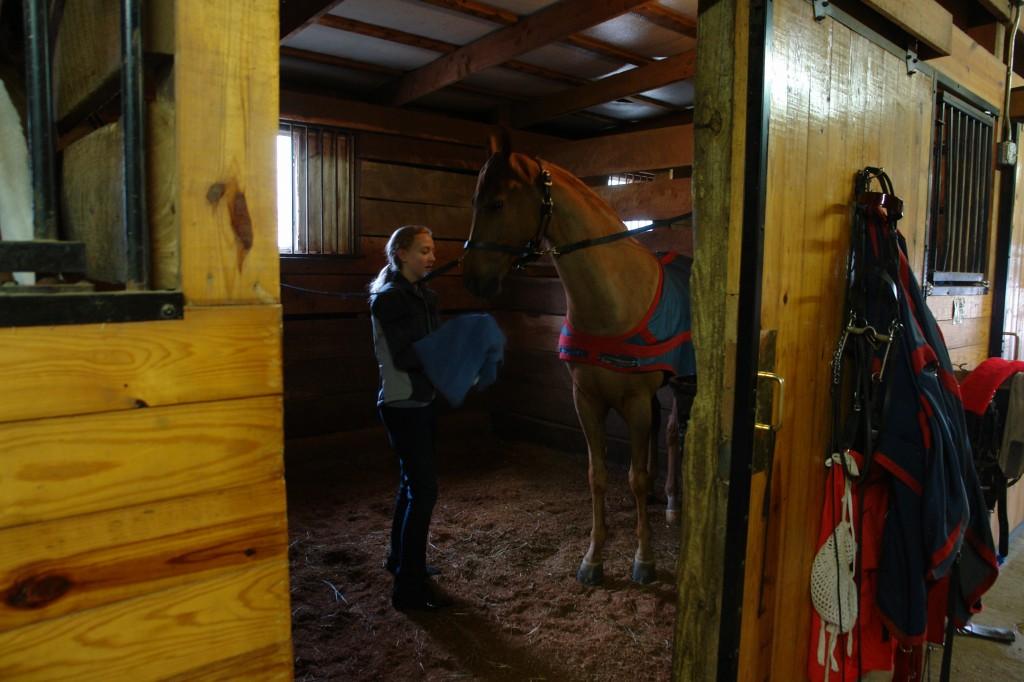
complied by Kathleen Hough
 Logan Kembel, junior
Logan Kembel, junior
Hunter/Jumper Class
While other 5 year old girls were playing with their dolls and jumping rope on the playground, junior Logan Kembel was buying her first horse, Shadow. Equestrianism was something that she had always wanted to try, so along with her new horse she found a trainer and started taking lessons every week.
Little did Kembel know, ‘trying out’Â the sport would be a big investment over the next 11 years. BJust to ride her horse, Kembel must pay for transportation to Louisberg, where her stable is located. Add tack, entry fees, and weekly, private lessons into the equation, and you have one expensive sport. From saddles to pads to bridles to brushes to riding boots, Kembel and her parents are responsible for paying for her and Dakoda’s equipment and accessories.
But the bill doesn’t stop there. Kembel also has to pay for each competition she enters, with entry fees alone ranging from $10 to $1000, depending on what classes she enters in.
Shows are divided into divisions and classes depending on how experienced both the horse and the rider are. Logan rides in the hunter class, which means that in her competitions, they judge her horse’s actions and positions more than her own. She also enters into jumper shows once a year for fun, where she has to get over jumps with the fastest time, receiving time faults if her horse refuses to jump or knocks down a jump.
However, expenses continue to rise at each competition depending on how far away the show is–gas and trailers are needed to transport both Kembel and her horse to each event. A rental fee for stalls and shavings must also be paid, along with a hotel if the event is out of town.
For a noncompetitive rider without a horse, the sport can be fairly inexpensive. But for Kembel, it’s a different story. Because her horse is a thoroughbred and is loses weight easily, Kembel and her parents are responsible for keeping Dakoda’s hay and grain constantly replenished. In addition, they must pay to board Dakoda, which varies for every barn but the going rate is usually $300 to $400 a month.
Although easy to forget, horses are just like humans and need some primping from time to time. This comes with a price tag as well, according to Kembel. Dakoda has his feet trimmed and receives new ‘shoes’Â ever 6 to 8 weeks. He needs specific shots twice a year and must be dewormed every 6 to 8 weeks as well.
It’s difficult to put a grand total on equestrianism, but it regardless it is an expensive sport and requires a large investment. However, for Kembel, the thousands of dollars she has spent on the sport over the last 11 years could never pay for the memories and happiness equestrianism has brought into her life.
 Emma Stanfield, sophomore
Emma Stanfield, sophomore
Park Class
It’s 10 a.m. on a Saturday morning, and sophomore Emma Stanfield stands on the show grounds of a stable, already dressed in her riding pants and shirt. Her trainer puts her hair into a low bun so her hat can fit securely while she finishes her makeup and tapes up her boots and gloves. Then, she waits.
Trying to clear her head of the nerves, Stanfield sits and thinks about her ride, plans out her warm-up and visualizes her routine in the ring. Before long, she sees her trainer leading a reddish brown horse with a flaxen tale through the gate and into the ring. Known as First Lover to the rest of the crowd, Stanfield recognizes the beautiful horse as her old friend Dobby. After her trainers warm up the horse, Stanfield approaches the ring and swings her body on top of Dobby’s back.
[wpvideo RMHv1nkr]
Stanfield focuses on her nerves and the way she sits. If she acts nervous, Dobby will be too, and might get too jumpy. But if she remains calm, Dobby will be perfectly fine. She positions her body in a calm and comfortable position, and enters into the ring.
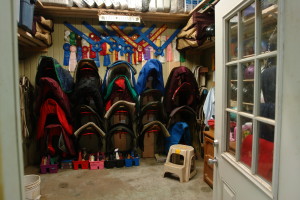
It’s go time. This entrance is the judges’ first impression of Dobby. As he trots into the ring, they observe the way he looks and carries himself. Then it is time to perform gaits in the class. Stanfield rides saddle seat, a type of equestrianism that shows off the high trotting actions of the horse, rather than the positioning of the rider herself. Sometimes this is more nerve racking for Stanfield, since she has less control over Dobby than she does over herself. The judges call out each of the gaits: walking, trotting and cantering. Stanfield does her best to guide Dobby through each gait; he is doing well today.
After finishing the gallop, Stanfield reverses and does all the gaits again, and the announcer calls for the line up. Dobby makes one more show trot pass and lines up with the rest of the horses in the competition. Then, Stanfield waits for what seems like hours until the announcer calls ‘First Lover’Â and a roar of applause fills the ring. They had won. Stanfield and Dobby ride around the ring one more time for their victory pass, and then exit the ring with their trophy.
Frankie Neunuebel, freshman
Saddle Seat
Every Saturday morning is the same for freshman Frankie Neunuebel. She wakes up 8 a.m., gets dressed, eats breakfast and hops into her car, ready to set out for Glendale Stables. She is anxious to see her horse and start working on gaits and manners for her next competition, but she must wait the tedious 2.5 hours as she rides to Columbia, Missouri.
Since the age of 3, Neunuebel has been taking lessons and learning how to ride horses. She has fallen in love with the sport, so the time commitment and travel time doesn’t seem to bother her anymore. The minute she arrives at the stables, she jumps out of the car and runs to greet the light brown horse with a blond mane and tail, finishing up his breakfast, Manhattan Whirlwind is his name, but Neunuebel prefers Manny for short. Although frustrated from traveling so far, Neunuebel relaxes at the sight of her horse. Manny is the most beautiful horse in the world’â€Neunuebel is convinced that if he were human, he would be a male model.
Neunuebel grooms Manny and prepares to ride him. She always rides twice while she is at Glendale, not just to get as much out of the long drive as she can, but also to practice separately for shows and to improve her skills. To prepare for competitions, Neunuebel will ride Manny, her Five-Gaited American Saddlebred. Being Five-Gaited means his breeding allows him to be taught to perform two extra gaits that a regular horse can’t. Manny, along with all other Five-Gaited horses, can walk, trot and canter, as well as slow Gait and rack.
After she rides Manny, Neunuebel takes a short break before mounting another horse. This horse is a lesson horse, that Neunuebel uses to improve her skills. Usually on this horse she receives the help from a trainer and works on both controlling the horse and her own body.
Before long, it is time to head back to Kansas City. Neunuebel jumps back into the car with her parents and prepares for the long trip back.
Say what?
The Dart put together a glossary to help understand equestrian slang.
Appointments : Equipment and clothing used in showing horses.
Box : Stall or stable where horses are kept.
Cantering: a series of bounds. In the correct canter three hoof beats should be heard from the horse. The canter is incorrect if four hoof beats can be heard, which happens when the hind leg is put down before the corresponding diagonal foreleg.
Equitation: a rider’s position while mounted on her horse; in equitation events judges evaluate the rider’s ability to ride correctly and with effective aids
Gait: Describes a specific foot fall pattern or beat, i.e., walk, trot, canter.
Gallop: very much like the canter, except that it is faster, more ground-covering, and the three-beat canter changes to a four-beat gait. It is the fastest gait of the horse, averaging about 25 to 30 miles per hour, and horses seldom gallop for more than a mile or two before they need to rest
Dressage : Exercise and training that develops the physique and ability of the horse. As a result it makes the horse calm, supple, loose and flexible but also confident, attentive and keen thus achieving perfect understanding with his rider
Posting : The rising and lowering of a rider with the rhythm of the trot.
Tack: any of the various equipment and accessories worn by horses in the course of their use as domesticated animals. Saddles, stirrups, bridles, halters, reins, bits, harnesses, martingales, and breastplates are all forms of horse tack.
Trot : In the trot the diagonal legs of the horse must be raised from the ground simultaneously and be replaced on the ground together, making two hoof beats; a jump from one diagonal pair of legs to the other. A trot has a two-beat tempo.
Walk : the horse moves its legs one after the other so that four hoof beats can be heard. Two or three feet are always on the ground at the same time; the horse steps from one leg to the other and there is no moment of suspension.
Source: www.localriding.com
Other STA equestrians share rules, stories, and statements about the sport:
“The main rule [of equestrianism] is to be on the correct diagonal. When you are posting (when the horse is trotting and you are moving up and down in rhythm), when your horse’s leg is up, you have to be up in the air.”
“I’ve never gotten hurt, but a few weeks ago, I fell on top of a gate and bruised my back. My horse, Merika, kept trying to go outside the gate, so she turned really suddenly and I fell straight off.”
“Equestrianism is a sport, even though most people don’t think it is. We riders do the work, not just the horse, including taking care of our horse and our bodies. I specialize in 3-gaited saddle seat, which is walking, trotting and cantering your horse around an arena with perfect form for both the horse and the rider.”








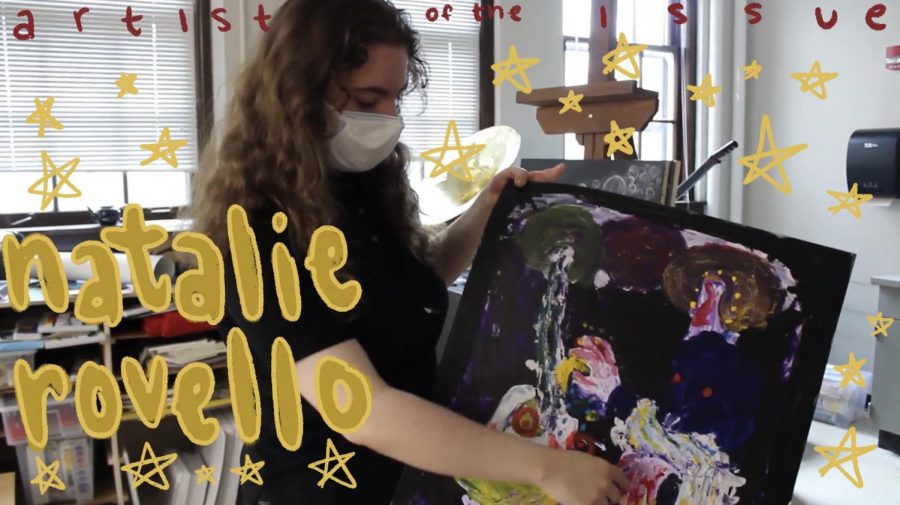

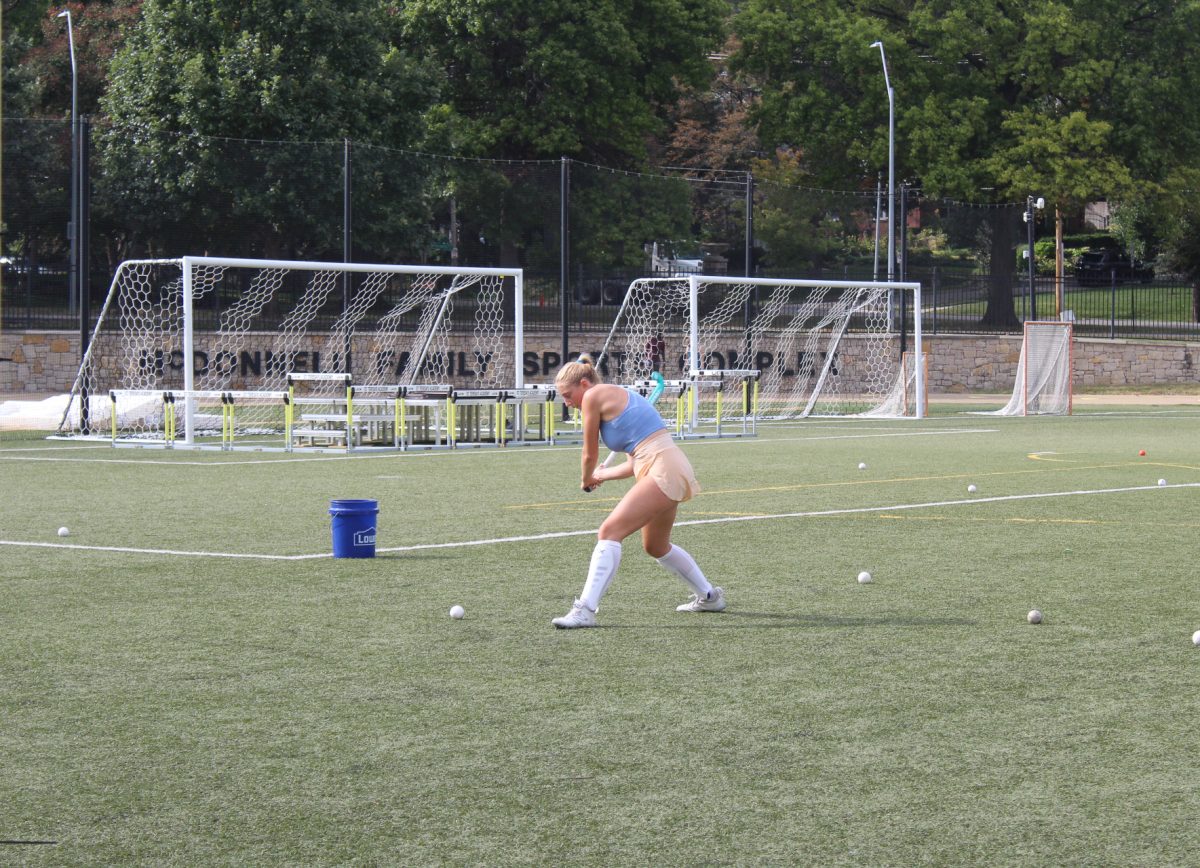
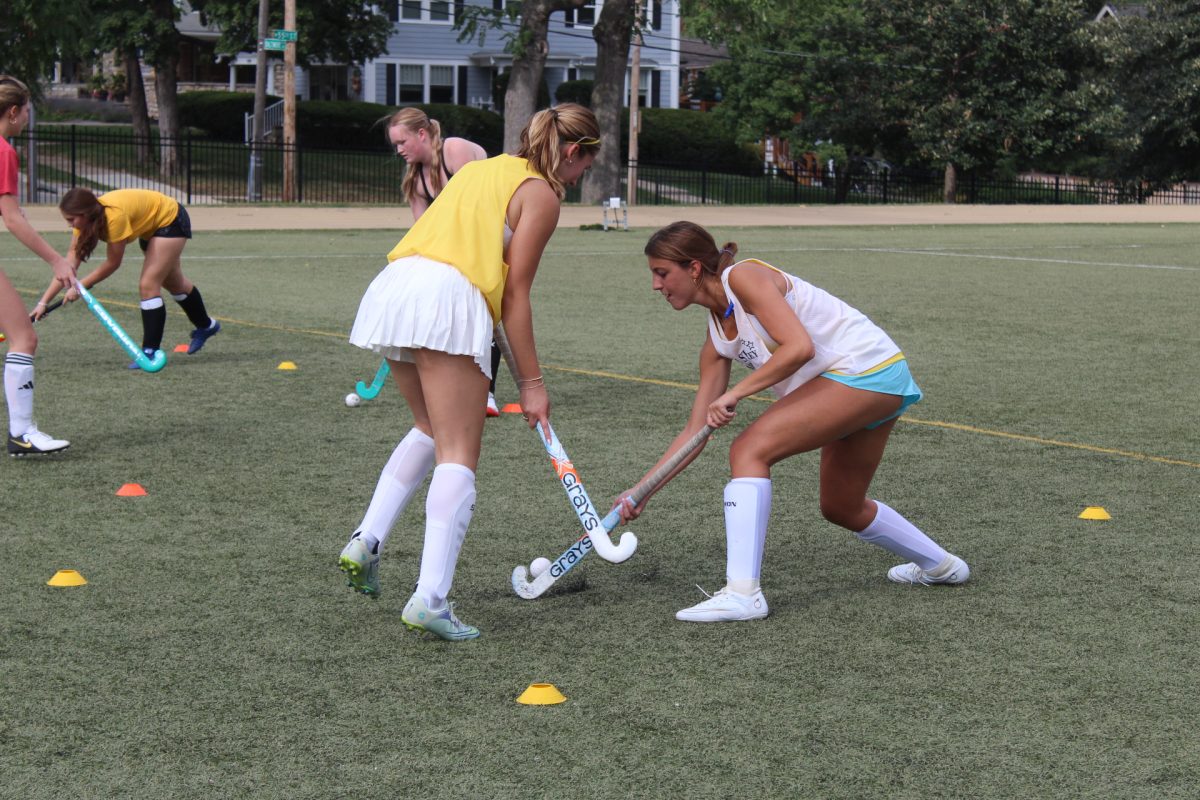


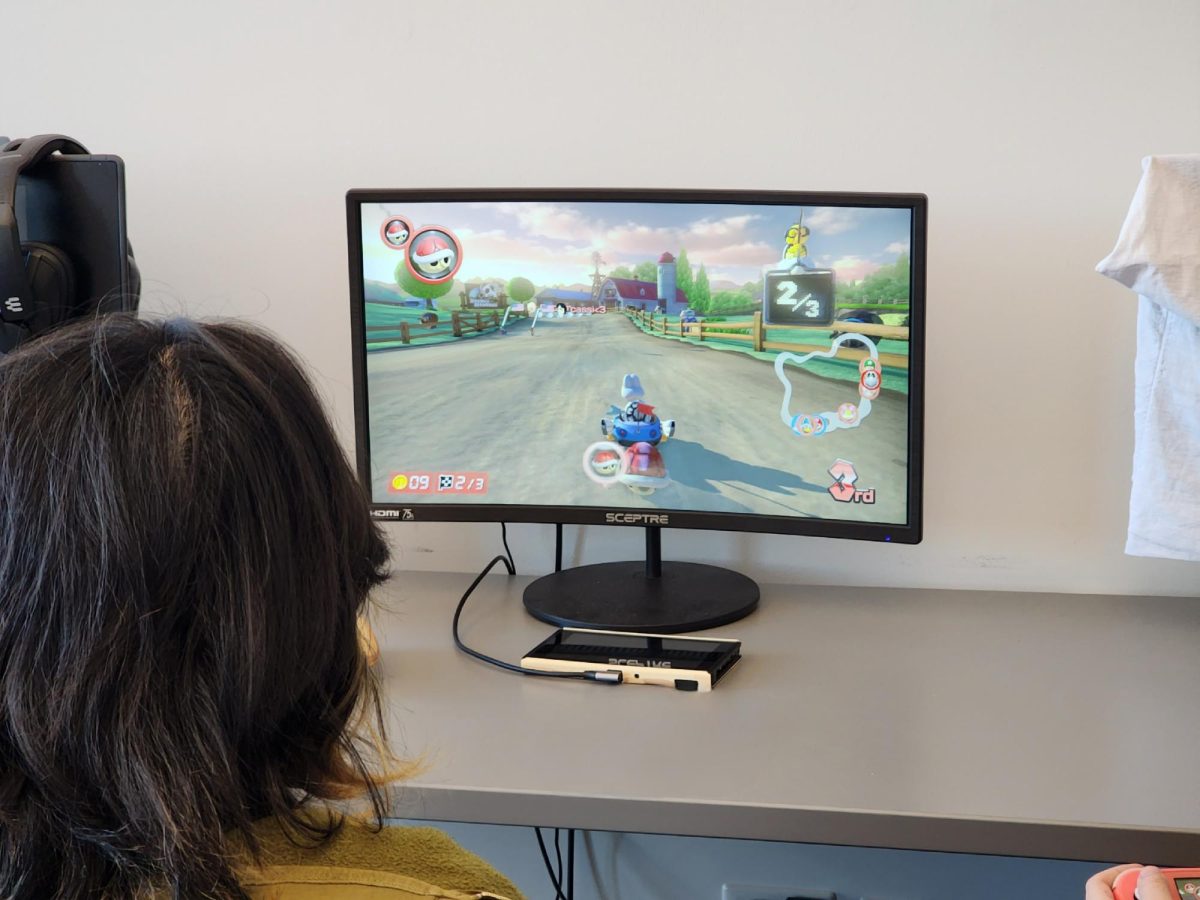
Cara McClain • Apr 27, 2011 at 11:12 am
great video cele!